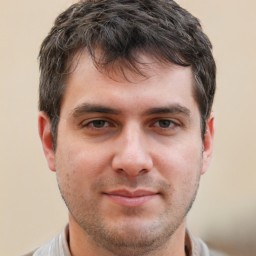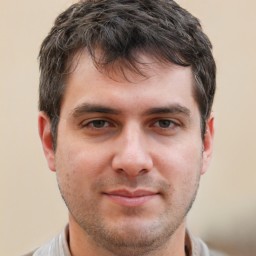Ever wonder how technology is affecting the way nurses and physicians practice in clinics and hospitals? As next we can explore the ways in which these novel instruments are revolutionizing healthcare!
Finding interactive medical gadgets
Consider utilizing a specialized technology that makes it easier for medical professionals to view and comprehend critical patient data. These tools are known as interactive dashboards, and they function similarly to magic windows in that they present data in an understandable format.
Healthcare professionals may view details, filter them, and modify them to suit their needs via interactive dashboards. It's like possessing superpowers to monitor development, identify issues, and contrast various circumstances.
For physicians and nurses, interactive dashboards are like having a personal guide that helps them immediately discover patterns, trends, and vital facts.
They can concentrate on what's most essential for their job by altering the way the information is shown and applying filters, and they can make better judgments depending on what they see.
Using smart technologies for health data
Predictive analytics employing smart technology is another exciting development in the healthcare field. Healthcare professionals may examine a wide range of data in real-time and receive recommendations on what to do next by utilizing artificial intelligence (AI) and predictive analytics.
This aids in their more effective job, resource management, and patient planning. It's like seeing into the future of healthcare with a crystal ball!
Healthcare practitioners may reduce costs, improve patient care, and increase productivity by utilizing AI to forecast trends and customize treatment regimens. It's similar to having a supportive helper who anticipates problems and understands how to resolve them.
Using data to convey stories in the healthcare industry
As next we can now consider data in healthcare as narratives that aid in our understanding of individuals. Visuals may be used to illustrate tales about patients and their experiences, providing an alternative to only looking at data.
An image that chronicles a patient's experience in a hospital, highlighting their triumphs, setbacks, and significant occasions. Real-world experiences and narratives may enrich the data and help us establish stronger connections with people.
We can communicate complex knowledge in a way that is understandable to everybody by using data-driven storytelling. Healthcare professionals may communicate critical information in a more compelling way and encourage meaningful conversations and actions by including tales into data graphics.
Arranging medical data to improve treatment
Mapping data to examine how surrounds and geography effect health is another fascinating tool in healthcare. Healthcare professionals can comprehend how a person's residence affects their well-being by creating maps to illustrate patterns and relationships.
These unique maps that highlight significant information are made possible by programs like ArcGIS, Google Maps, and Leaflet.
Healthcare teams may better identify regions of disparities in health, plan how to assist people in need, and make efficient use of resources by mapping out health data.
Professionals can discover connections between social and environmental elements and health outcomes by examining health data on a map. This can help develop more effective public health and community well-being policies.
Using statistics to tell tales
Important healthcare information may be effectively communicated by fusing statistics with storytelling. Healthcare professionals may effectively communicate messages, elicit feelings, and motivate good behavior by using data to create stories.
Creating these emotionally engaging tales is made simple by tools like Adobe Spark, Flourish, and Datawrapper.
Data becomes more than just statistics when it is transformed into tales; it becomes an engaging narrative that encourages dialogue and leads to improvements in healthcare.
Healthcare workers may turn information into tales that raise awareness, inspire activism, and improve healthcare for all by fusing data with storytelling approaches.
Closing
By enhancing the way information is viewed, comprehended, and shared, interactive tools, smart technology, data storytelling, and health information mapping are revolutionizing the healthcare industry.
These innovative technologies improve patient care, enable healthcare professionals to make wiser decisions, and successfully address public health issues.
Accepting these innovative approaches to health data visualization may result in more efficient healthcare systems, more economical use of resources, and ultimately, better care for patients and communities.



